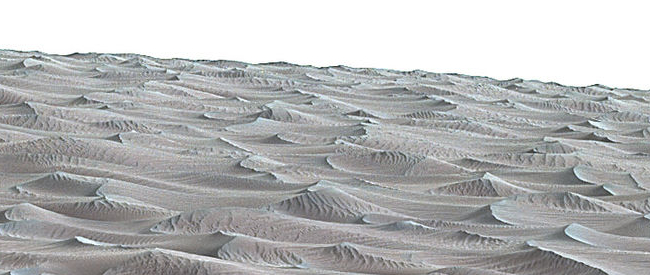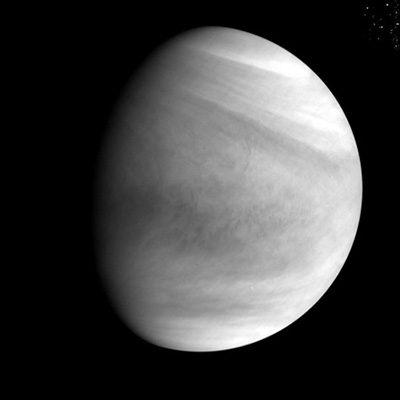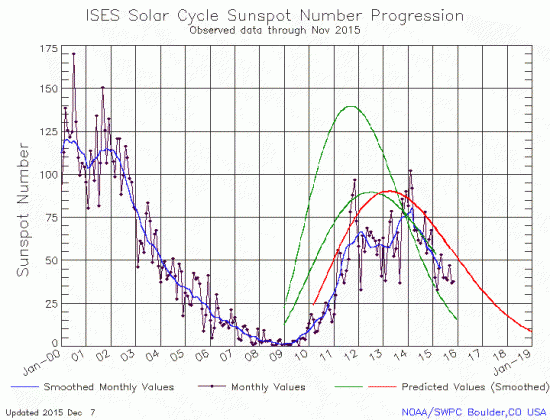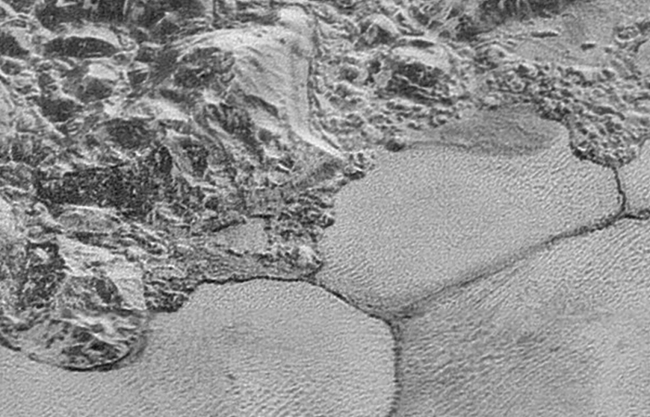Mold on ISS plants
In December four of seven zinnia plants in a greenhouse on ISS became sickly or died because they were receiving too much water and developed mold.
The story doesn’t really tell us much, but this paragraph reveals I think some fundamental management problems in the way NASA is running the station:
ISS commander and NASA astronaut Scott Kelly reported the mold to Mission Control Dec. 22 just as Veggie principal investigator Trent Smith was trying to manage the water problem. In pictures, Smith saw water on the plants a few days before. He told Discovery News he was trying to relay a command from NASA’s station operations team to increase fan speed in Veggie, but the mold developed before the command could be put through. One solution was, on Christmas Eve, to designate Kelly “commander” of Veggie. Kelly now has more autonomy to make changes to Veggie’s conditions if he feels the plants need it.
The scientist noticed a problem but was unable to cut through the communications bureaucracy to talk to the astronauts so that changes could be made quickly. Meanwhile, the astronauts on board ISS had not been given the freedom to make common sense changes themselves. The result is that some of the plants died.
The solution, to give an astronaut more “autonomy”, is one that the Russians learned a long time ago on their Mir space station. It was also a lesson NASA learned even longer ago on Skylab. Moreover, when astronauts are finally flying interplanetary spaceships to the planets with greenhouses just like this, they will have to have that autonomy, no matter what rules NASA establishes. It seems amazing to me that NASA is still learning this lesson now.
One more thought: It is not really a problem that the scientist had trouble reaching the astronauts quickly. In fact, it probably indicates an area of management that NASA is handling well. Communications from the ground up to ISS can be a major problem, as everyone wants to talk to the astronauts and if NASA didn’t control that communications the astronauts would never have time to do anything. Thus, placing limits on that communications makes sense, though once again it also requires that the astronauts be given a great deal of freedom to make their own decisions, as they might not be able to talk to the right experts whenever necessary.
In December four of seven zinnia plants in a greenhouse on ISS became sickly or died because they were receiving too much water and developed mold.
The story doesn’t really tell us much, but this paragraph reveals I think some fundamental management problems in the way NASA is running the station:
ISS commander and NASA astronaut Scott Kelly reported the mold to Mission Control Dec. 22 just as Veggie principal investigator Trent Smith was trying to manage the water problem. In pictures, Smith saw water on the plants a few days before. He told Discovery News he was trying to relay a command from NASA’s station operations team to increase fan speed in Veggie, but the mold developed before the command could be put through. One solution was, on Christmas Eve, to designate Kelly “commander” of Veggie. Kelly now has more autonomy to make changes to Veggie’s conditions if he feels the plants need it.
The scientist noticed a problem but was unable to cut through the communications bureaucracy to talk to the astronauts so that changes could be made quickly. Meanwhile, the astronauts on board ISS had not been given the freedom to make common sense changes themselves. The result is that some of the plants died.
The solution, to give an astronaut more “autonomy”, is one that the Russians learned a long time ago on their Mir space station. It was also a lesson NASA learned even longer ago on Skylab. Moreover, when astronauts are finally flying interplanetary spaceships to the planets with greenhouses just like this, they will have to have that autonomy, no matter what rules NASA establishes. It seems amazing to me that NASA is still learning this lesson now.
One more thought: It is not really a problem that the scientist had trouble reaching the astronauts quickly. In fact, it probably indicates an area of management that NASA is handling well. Communications from the ground up to ISS can be a major problem, as everyone wants to talk to the astronauts and if NASA didn’t control that communications the astronauts would never have time to do anything. Thus, placing limits on that communications makes sense, though once again it also requires that the astronauts be given a great deal of freedom to make their own decisions, as they might not be able to talk to the right experts whenever necessary.




